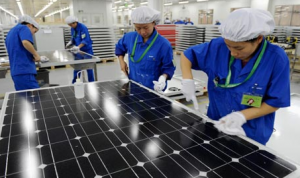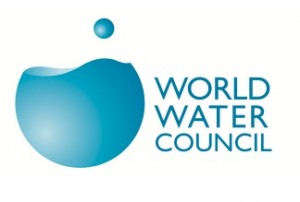Read this post in English
La semana pasada me topé con una noticia que tenía que ver con uno de los temas más controvertidos en los EE.UU.: el aborto. Las últimas noticias sobre este tema tiene que ver con la polémica de la legislación contra el aborto de Virginia, que ha creado muchas protestas, especialmente en la capital estatal. Básicamente, poniendo en los términos más sencillos, la legislación requería que cualquier mujer en Virginia que quisiese tener un aborto tendría que tener un ultrasonido transvaginal invasivo que se quedaría en su expediente médico en la clínica de aborto durante siete años. Esta legislación fue una de varias que tratan sobre los procedimientos de aborto, incluyendo uno que se llama la legislación de la persona, donde se define un óvulo fertilizado como una persona. Otra legislación hubiese negado abortos financiados por el gobierno de mujeres cuyos fetos tienen graves anomalías físicas y mentales. Ya pueden ver por qué esto podría crear un tumulto entre las personas que apoyan el derecho a decidir en todo el país. Lo irónico de estas legislaturas es que los republicanos, que a menudo son vistos como los protectores de las libertades civiles y la promueven mínima intervención del gobierno, aprobaron estas legislaturas.
republicanos, que a menudo son vistos como los protectores de las libertades civiles y la promueven mínima intervención del gobierno, aprobaron estas legislaturas.
¿Es muy absurdo decir que esta estas legislaturas demuestran la intervención directa del gobierno?
Después de varios debates, la legislación del ultrasonido transvaginal fue diluida y se le hizo “opcional” para las mujeres. Las otras dos legislaciones fueron derrotadas. Sin embargo, lo que aun es mas sorprendente es el hecho de que estas legislaciones fueron creadas en el 2012, treinta y nueve años después de que Roe v. Wade declarara que la Decimocuarta Enmienda de la Costitucion de los Estados Unidos se extiende al derecho de la mujer en decidir tener un aborto. Lo que me parece que está sucediendo aquí es que hay una batalla entre las diferentes creencias que están sobrepasando algunos de los derechos fundamentales que se dan bajo la Constitución de los EE.UU.. Debido a que los tiempos han cambiado, parece que hay una necesidad de mayor control sobre las tradiciones religiosas, especialmente relacionados con el aborto.
Sin embargo, quiero señalar que el trabajo del gobierno, y por lo tanto los políticos que representan al gobierno, no están aquí para empujar sus creencias al pueblo. Cualquier perspectivas que tengan las personas están protegidas por la Constitucion, y estas perspectivas no solo son las que son pro-vida, sino que también las que creen en el derecho a la decisión. Mi punto aquí no es para convencer a nadie con mi punto de vista (esto lo dejo a los defensores más fervientes), sino para señalar que algo tan polémico como el aborto debe tener una base común de las libertades civiles. Ya se trate de las libertades civiles para protestar fuera de  Planned Parenthood en contra del aborto, o si se trata de las libertades civiles en tener control sobre nuestros cuerpos.
Planned Parenthood en contra del aborto, o si se trata de las libertades civiles en tener control sobre nuestros cuerpos.
Obviamente, el punto de vista sobre el aborto tiene que ver con las preferencias personales, pero lo que quiero destacar es que aunque algunos piensen que el aborto es bueno o malo, todos debemos de estar de acuerdo en que nuestras libertades civiles no deben estar en peligro de ninguna manera. Puede ser que el tema del aborto nos les incumba, pero las libertades civiles y el derecho a ellos debe preocuparles a todos. La razón principal que estas legislaturas fueron protestadas y derrotadas no fue porque los defensores del derecho creen que el aborto es moralmente bueno, sino porque la gente cree que deberíamos tener el poder para tomar decisiones por nosotros mismos. Va más allá de las perspectivas de los individuos, porque la ley no está hecha para la persona individual, sino para el pueblo general. Lo que hacemos dentro de los límites de la ley es la libertad que cada uno de nosotros tiene como ciudadano. Y cuando las leyes estrechan estos límites aun más, nuestra libertad se convierte cada vez menos accesible. Cada uno de nosotros decide si estar aquí en el internet, leyendo acerca de artículos como este. Si alguien pensara que esto es moralmente incorrecto, ¿se justificaría la restricción de nuestro derecho de hacerlo? ¿Especialmente en el año 2012 en Estados Unidos?














